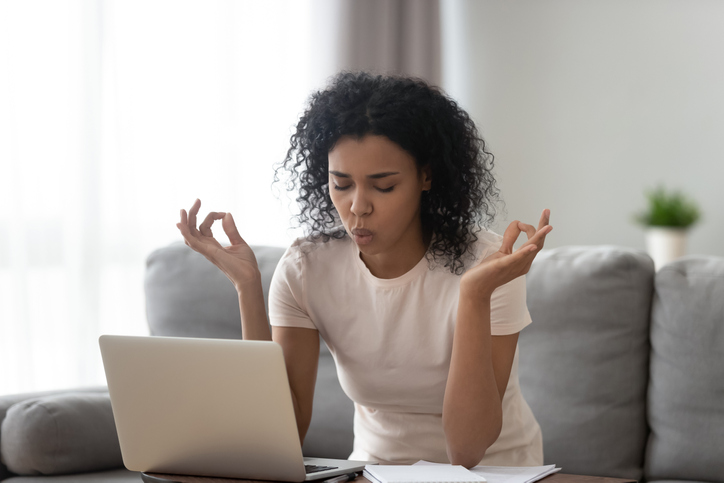Living with Chronic Pain
10 Self-Help Tips for Chronic Pain Management

1. Deep breathing or meditation
Although there are numerous ways to meditate, repetition is at the core of many forms of meditation. Concentrating on breathing, replacing negative thoughts and repeating a calming word or phrase helps the body and mind relax.
2. Reducing stress levels
Negative emotions including depression, anxiety, stress and anger often increase the perception of pain. Listening to calm and soothing music elevates mood, making pain more tolerable. Guided imagery may also be helpful, as it is a form of mental escape that promotes relaxation and peace.
3. Exercising
Exercise releases endorphins, which are the “feel good” chemicals in the brain that improve mood while simultaneously blocking pain signals. Exercise also strengthens muscles, decreasing the risk of re-injury. Exercise can also reduce weight, decrease heart-disease risk and control blood sugar levels.
4. Decreasing alcohol consumption
Chronic pain can make sleeping difficult, and alcohol consumption can make sleep problems worse. To increase the quality of sleep, drinking little-to-no alcohol is recommended.
5. Joining a support group
Talking to other individuals with chronic pain helps prevent isolation. Learning from others’ experiences is also beneficial. Meeting a mental health professional may also be recommended.
6. No smoking
Smoking can make painful circulation problems worse and increases the risk of heart disease and cancer.
7. Tracking pain and activities
Maintaining a log or a journal which includes a daily "pain score" helps track pain levels. Measuring pain at the end of the day using a 1 to 10 scale as well as keeping track of daily activities helps health care professionals better understand an individual’s chronic pain.
8. Learning biofeedback
During biofeedback, sensors are applied to the body so that the individual can "hear" or "see" involuntary bodily functions, such as pulse, digestion, body temperature and muscle tension, on a biofeedback device. The squiggly lines and beeps on the attached monitors reflect what is happening inside the body. Biofeedback teaches individuals how to gain control of what is happening inside their body.
9. Getting a massage
A massage often reduces stress and relieves tension. Massages are particularly effective for individuals with back and neck pain.
10. Eating a healthy diet
A well-balanced diet aids the digestive process, reduces heart disease risk, keeps weight under control and improves blood sugar levels.


















